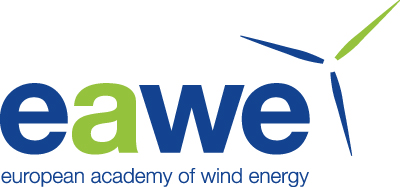Methods for Pacific Outer Continental Shelf Wind Characterization for Offshore Wind Development
Abstract. The rapid development of the U.S. offshore wind industry has necessitated accurate assessment and prediction of offshore wind profiles to manage and forecast generated power. In 2021, the Bureau of Ocean Energy Management (BOEM) identified two areas on the Pacific Outer Continental Shelf (OCS), the Humboldt and Morro Bay Wind Energy Areas (WEAs), as potential locations for offshore wind farms. Although these areas have historically lacked high-quality observations of wind characteristics at typical wind turbine hub heights, scientific buoys sponsored by the Department of Energy and deployed by the Pacific Northwest National Laboratory (PNNL) recently made precise hub-height wind data available for the first time in these locations, introducing novel opportunities for model validation and intercomparison. Performances of 100-meter AMSL wind speed prediction are compared between a conventional physical law-based approach, known as the stability-corrected logarithmic law (S-C log law), and three machine learning (ML) approaches, known as random forest (RF), Guassian process regression (GPR), and long short-term memory neural network (LSTM). Predictor variables for the ML approaches are constrained to only sea surface-elevation measurements, and the ML algorithms are respectively trained and tested between the two separate locations (over a notable extrapolation distance of 631 kilometers) in order to simulate realistic industry applications and preclude model overfitting from biasing performance metrics. The S-C log law and LSTM produce the most accurate predictions, with average root mean squared error (RMSE) of 1.33 m/s and 1.38 m/s respectively. The error metrics of all three ML methods generally improve when a longer training time is implemented and when the algorithms are trained and tested at the same location, with many performance metrics of LSTM surpassing those of the S-C log law. The LSTM and GPR techniques overall exhibit similar or improved offshore wind speed prediction capabilities in comparison to the S-C log law, which is a widely accepted wind speed extrapolation method. These ML techniques are more adaptable for wind energy purposes than conventional physical extrapolation laws, as they can be used to predict other wind parameters and generate short-term forecasts. The increasing future availability and fidelity of vertical wind profile data from the Pacific OCS will be vital for determining the degrees of ML performance degradation over smaller train-test distances and for evaluating performance and power output metrics of larger offshore turbines.




